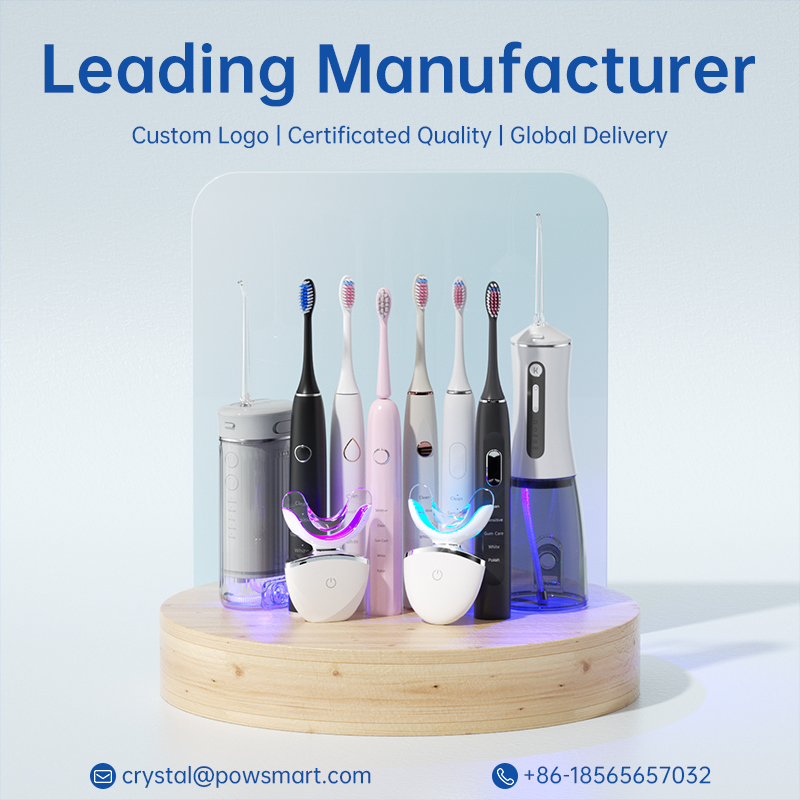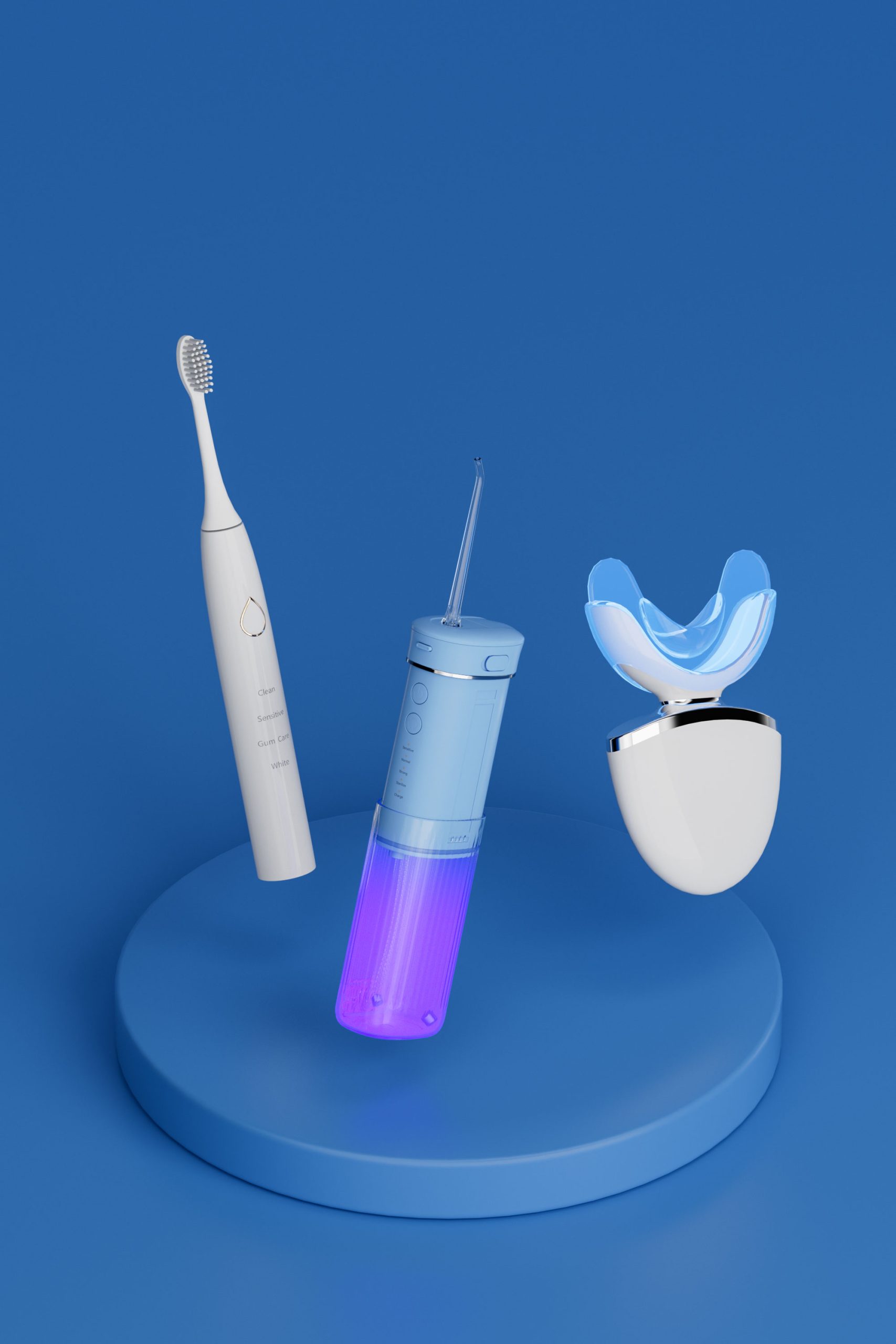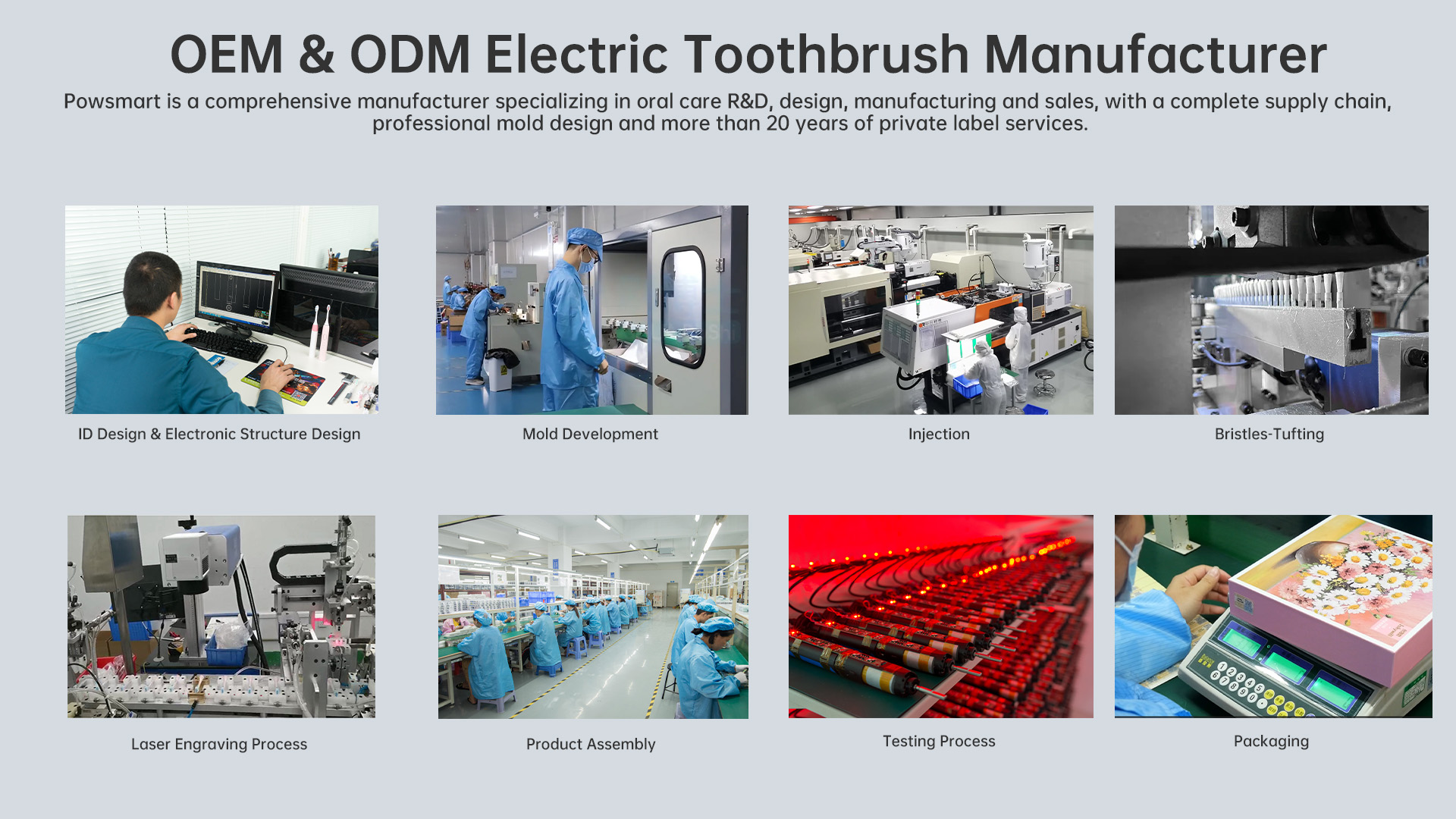In the manufacturing of high-performance electronic devices, two issues often come under scrutiny—Runtime Drop and Thermal Failure. While these problems may appear independent at first glance, deeper technical analysis reveals that they are, in fact, closely interrelated. Understanding the relationship between runtime decline and thermal stress is critical for OEM and ODM partners who demand reliability, safety, and durability in their products.
Runtime Drop refers to the unexpected reduction in operational time of battery-powered devices such as electric toothbrushes, water flossers, or portable appliances. When the runtime does not meet the expected or rated duration, it causes end-user dissatisfaction and increases warranty returns. This can be caused by various factors—such as battery degradation, increased internal resistance, or external environmental conditions.
However, an often-overlooked contributor to runtime drop is thermal stress. Excessive heat generation within the device during operation can accelerate battery aging, directly reducing usable capacity and causing runtime to shorten over time.
Thermal Failure happens when a device or component fails to manage or dissipate heat effectively, resulting in overheating. This condition not only risks immediate functionality loss but may also lead to permanent damage of internal parts—such as PCB warping, insulation breakdown, or even battery leakage. In critical B2B applications, thermal failure severely undermines product reliability and safety certifications, making proactive thermal management essential.
Many OEM clients mistakenly treat Runtime Drop and Thermal Failure as separate challenges. In truth, these two are intrinsically linked. When a system suffers from inadequate thermal design—such as poor heat sink structures or insufficient ventilation—the internal temperature rises rapidly during use. This heat buildup increases the resistance within battery cells and electronic circuits, accelerating energy loss.
The result? The device drains its battery faster, leading to Runtime Drop. Simultaneously, sustained high temperatures push components toward Thermal Failure, creating a vicious cycle that compromises product life expectancy.
To reduce the risk of Runtime Drop and prevent Thermal Failure, manufacturers can adopt the following engineering improvements:
For B2B brands, the correlation between Runtime Drop and Thermal Failure cannot be ignored. A failure to address these twin challenges may lead to customer complaints, brand reputation damage, and unexpected service costs. By adopting thermal-aware design principles and battery optimization strategies, manufacturers can greatly improve product reliability, ensure compliance with international safety standards, and satisfy demanding OEM/ODM partners.
In a competitive market, understanding and resolving the hidden relationship between Runtime Drop and Thermal Failure is not just a technical necessity—it is a strategic advantage.Contact us
.jpg)

Black & White Smart Toothbrushes: Minimalist Design for Bulk Orders
How Does Battery Leakage Cause Valve Sticking?

Building the Perfect School Hygiene Kit: Product Selection & OEM Manufacturing
.jpg)
Is Ultra-Quiet Magnetic Motor Brush Generating Noise Complaints?
.jpg)
Smart Toothbrush Private Label: Build Your Brand with OEM Support

Kids’ Smart Toothbrush Customization: Fun & Safe Brushing Solutions
.jpg)
What Are Typical Electric Toothbrush Delivery Lead Time and Electric Toothbrush Payment Terms?

Moldy Water Flosser Tank? It Harms Users and Your Brand Reputation
Do Mode Malfunction and Pulse Instability Compromise Device Stability?
.jpg)
Wholesale Smart Toothbrushes: Best Bulk Deals for Retailers

Does POWSMART Toothbrush Wholesale Order Involve Material Degradation?
.jpg)
Top 5 Factors When Selecting a UV Sterilizing Water Flosser Manufacturer
.jpg)
Does POWSMART ODM Toothbrush Custom Service Cause Compatibility Confusion?
.jpg)
Selling Water Flossers in the US? A Guide to Mandatory Certificates from Your OEM

Meeting the Demand for Advanced Oral Hygiene – Points of view from Innovative Water Flosser Supplier
-2-scaled.png)
How to Source the Best Teeth Whitening Device Manufacturers for Your Brand

electric toothbrush heads Deep Clean
.jpg)
Florida Electric Toothbrush – Powsmart PTR-C8

electric toothbrush heads Charcoal Infuse-Round

Electric toothbrush heads Charcoal Infused-Diamond

Customization Teeth Whitening Gel

electric toothbrush heads Ultra Soft

electric toothbrush heads Regular Clean

Private Label Whitening Gel
whstapp
whstapp
National Toll-Free Service Hotline
+86 755 86238638